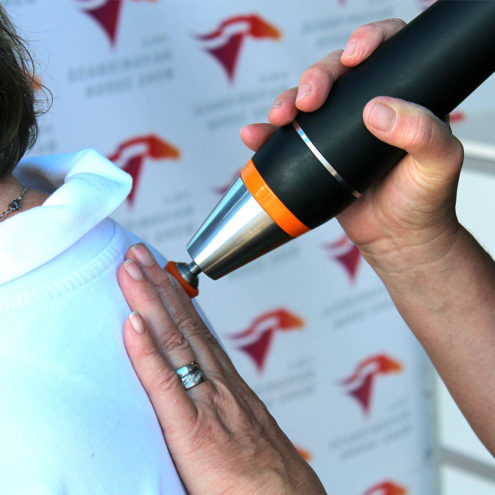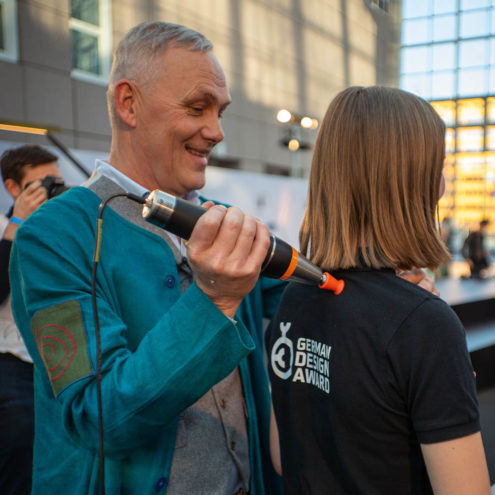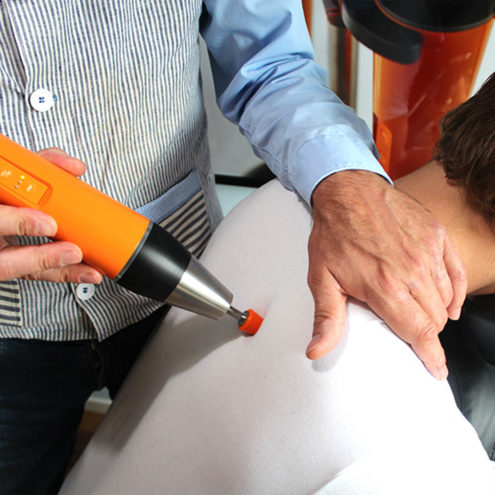Abdominal exercises – Build a strong core and improve stability

Exercising the abdominal muscles is not just about aesthetics – a strong core is essential for body stability, posture and mobility. Abdominal muscles support the spine, improve balance and help prevent injury. Regular abdominal training can also optimize your performance in other forms of exercise, such as weight training, running and yoga.
In this guide, we cover the benefits of abdominal training, effective exercises for all levels, common mistakes and how to build a sustainable exercise routine. Plus, we’ll show you how Fascia Clinics can help you strengthen and stabilize your core to optimize your training results.
The benefits of abdominal exercise
Abdominal exercise provides a range of benefits that go far beyond a toned stomach. Here are some of the main benefits:
1. improved core strength
The core consists of the abdominal muscles, deep trunk muscles and back muscles. A strong core provides a stable foundation for your whole body and improves your mobility.
2. Increased stability and balance
The abdominal muscles help stabilize the body during different movements, improving balance and reducing the risk of falls and injuries.
3. better posture
A weak core can lead to poor posture and back problems. By strengthening your abdominal muscles, you can reduce the strain on your spine and improve your posture.
4. lumbar support and pain reduction
A strong core helps relieve pressure on the lumbar spine, which can reduce the risk of pain and injury. Research shows that core training can be effective in preventing and relieving back pain.
Basic abdominal exercises for all levels
Here are some effective abdominal exercises suitable for both beginners and experienced exercisers:
1. the plank
Muscles that are activated: Deep abdominal muscles, back, shoulders
Implementation:
- Place your forearms on the floor and keep your body in a straight line from head to feet.
- Tighten your stomach and hold the position as long as you can with good technique.
2. sit ups
Muscles that are activated: Straight abdominal muscles
Implementation:
- Lie on your back with your knees bent and your hands at your temples.
- Lift your upper body by tensing your stomach, without pulling your neck.
3. leg lift
Muscles that are activated: Lower abdominal muscles
Implementation:
- Lie on your back with your legs straight and your hands by your sides.
- Slowly lift your legs upwards until they form a 90-degree angle.
- Slowly lower your legs back without letting your heels touch the floor.
Abdominal training for different goals
1. to build muscle strength
If you want to build a strong core, you should focus on heavier and more challenging exercises, such as hanging leg lifts and V-lifts.
2. to increase endurance
If your goal is to improve endurance, you should do more repetitions and hold static positions for longer, for example by extending the duration of the plank.
3. to get toned abs
For a more defined stomach, it is important to combine abdominal training with cardio and a balanced diet. Exercises such as mountain climbers and side planks are effective in engaging the entire core.
Common mistakes when exercising your abs
Wrong technique – Using too much movement in the neck or lumbar spine can lead to injury.
Compensating with other muscles – If you don’t engage your abdominal muscles correctly, other parts of your body, such as your hip flexors, can take over the work.
Overtraining without recovery – Abdominal muscles need rest just like other muscle groups to grow and get stronger.
Mobility and stretching for core and abs
Stretching helps to maintain mobility and prevent stiffness. Here are two effective stretching exercises:
Cat-camel stretch: Get on all fours and alternate between rounding and arching your back to soften your core and lower back.
Cobra pose: Lie on your stomach and push your upper body up with your hands to stretch out your abdominal muscles.
Injury prevention exercises for the abdominal muscles
To avoid injury, it is important to strengthen the core muscles in a safe and balanced way. Good exercises include:
Dead bug: Lie on your back, lift your legs at 90 degrees and extend the opposite arm and leg at the same time.
Side plank: Improves the stability of the trunk and strengthens the oblique abdominal muscles.
Tips for creating a sustainable abdominal exercise routine
Exercise regularly – 2-3 times a week is optimal.
Vary the exercises – Combine static and dynamic exercises.
Listen to your body – Avoid overloading and give your muscles time to recover.
How Fascia Clinics can help you strengthen and stabilize your core
At Fascia Clinics, we work to optimize core strength and mobility through fascia treatment and individualized exercises. Our treatments can:
Reduce tension and pain in the trunk and lumbar spine.
Improve the mobility of the core muscles for better training results.
Optimize recovery and prevent injury by loosening restrictions in the fascia
Want to strengthen your core and improve your stability? Visit fasciaklinikerna.se fasciaklinikerna.se and book a consultation today!
 Search
Search


































